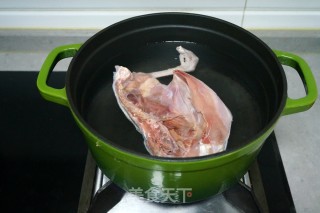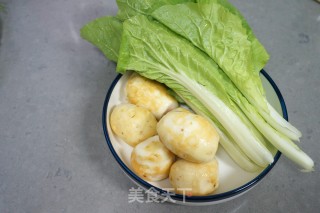Taro Chicken Soup
by meggy dancing apple
Favorite
Difficulty
Easy
Time
1h
Serving
2
We often call comforting and motivating words "chicken soup for the soul", which shows that chicken soup has a good healing effect. In fact, chicken soup does have a lot of effects on improving immunity and preventing colds. Although there are more chickens raised now, the taste of chicken is much worse than that of free-range chickens when we were young, but if you look carefully, you can still find delicious mountain chickens or free-range chickens. The soup cooked with this chicken is delicious, the chicken is delicious and chewy, and it is almost the same as the chicken I raised at home when I was a child.
My family likes to drink soup all year round, which is also due to the fact that I married a southern husband. My husband’s family must have one or more soup on the table, which is very moisturizing. Affected by his family, I also like soup. And the family really joined in, whether it was meat soup or vegetarian soup, every time they drank happily. I am so relieved to see that my dear one looks good and has a strong body! In winter, I like to cook chicken soup, bone soup, a pot of fragrant soup, put some yam, taro, green vegetables, so that the stomach can be moisturized and comfortable from the inside out. "
My family likes to drink soup all year round, which is also due to the fact that I married a southern husband. My husband’s family must have one or more soup on the table, which is very moisturizing. Affected by his family, I also like soup. And the family really joined in, whether it was meat soup or vegetarian soup, every time they drank happily. I am so relieved to see that my dear one looks good and has a strong body! In winter, I like to cook chicken soup, bone soup, a pot of fragrant soup, put some yam, taro, green vegetables, so that the stomach can be moisturized and comfortable from the inside out. "
















![New Year Dishes [ham and Bamboo Fungus Stewed Chicken] recipe](https://img.simplechinesefood.com/58/588c3aa8a04dac3ef7e6684a0a722b47.jpg)
